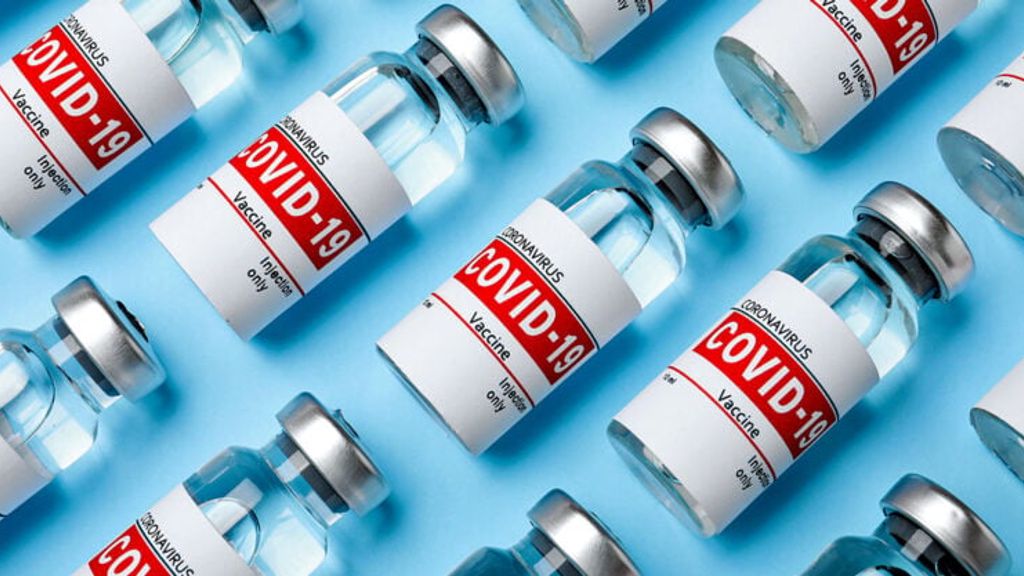The truth behind RNA-based vaccine technology (Part 2)
- Lipid Nanoparticles (LNPs) Can Smuggle modRNA Into Any Cell
- Spike Protein Transforms Cells From Friend to Foe
- modRNA Forces Healthy Cells to Synthesize a Viral Protein
- Synthesized Viral Protein Causes a Hyper-Inflammatory Immune Response
- modRNA Could Merge With Our Genome
The next COVID-19 vaccine campaign is ramping up. Americans are being encouraged to be up to date on injections just in time for another round of booster shots.
Meanwhile, BioNTech, an official collaborator of Pfizer, admits that its messenger RNA (mRNA) vaccines are made with modified RNA (modRNA), and Moderna just announced that its updated vaccines will be shipped across the country.
modRNA vaccines and boosters—more aptly called RNA-based injections—can seriously threaten the health of anyone who receives them. These injections cause harm in five significant ways.
1. Lipid Nanoparticles (LNPs) Can Smuggle modRNA Into Any Cell
In the early days of the COVID-19 pandemic, lipid nanoparticles (LNPs) were hailed as tiny superheroes that would deliver mRNA molecules coding for the spike protein of SARS-CoV-2 into our cells. However, they are more like Trojan horses that sneak past biological barriers and smuggle modRNA into our cells.
LNPs are made of lipids (fats) arranged to form a sphere. LNPs hide the modRNA from our body’s immune system until the modRNA can enter our cells when the lipid sphere merges with our cells’ lipid walls. The substances that make up LNPs are phospholipids, cholesterol, PEGylated lipids, and cationic lipids. The most problematic of these are cationic lipids, which are possibly cytotoxic. A 2022 editorial raised massive concerns that the cationic lipids in the Pfizer-BioNTech and Moderna COVID-19 vaccines cause acute inflammatory responses.
Due to their small size (less than 100 nanometers), LNPs can easily overcome biological barriers and theoretically reach every cell of our body—including cells in our brain and heart.
What has been advertised as an innocent means of delivering medicine to our cells is dangerous and can have long-term consequences.
2. modRNA Forces Healthy Cells to Synthesize a Viral Protein
The creators of the synthetic modRNA in COVID-19 injections replaced naturally occurring uridines, found in the mRNA of all living organisms, with synthetic methyl-pseudouridines.
This modification helps make the RNA more stable (so it lasts longer before it breaks down and can be translated more effectively) and less likely to trigger unwanted reactions from the body’s immune system. modRNA forces healthy cells to synthesize a viral protein. This causes a tremendous negative consequence, as described in the first article of this series.
By Klaus Steger
Read Full Article on TheEpochTimes.com









